Home>Storage & Organization>Kitchen Organizing Tools>Why Does My Cat Sit In The Litter Box
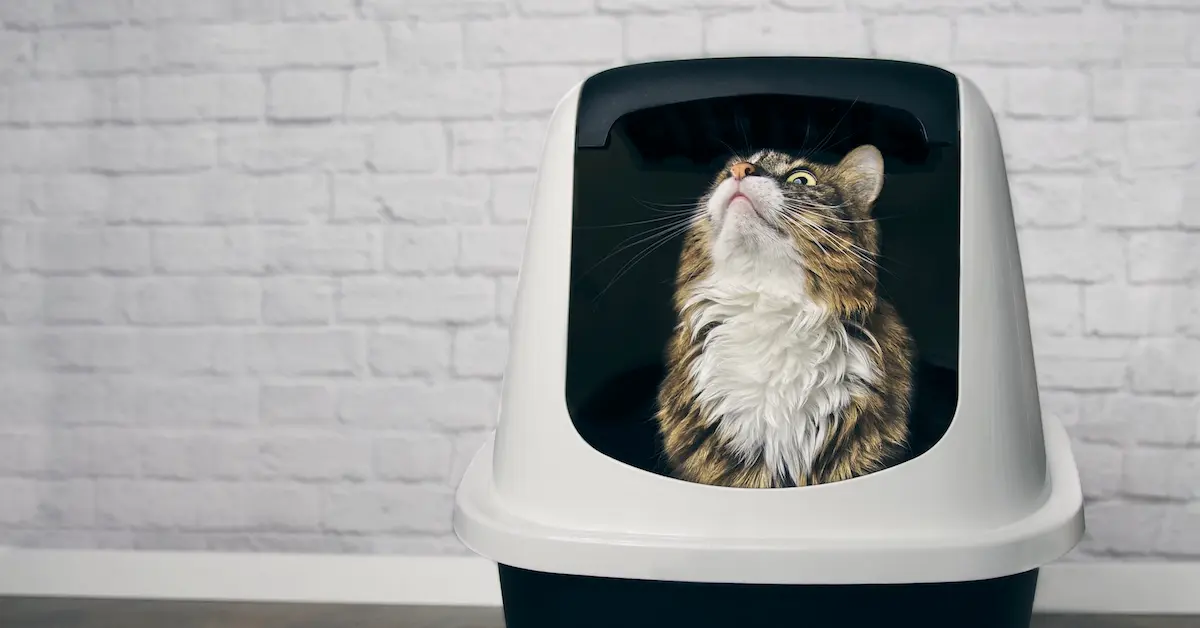

Kitchen Organizing Tools
Why Does My Cat Sit In The Litter Box
Modified: August 17, 2024
Discover the best kitchen organizing tools to declutter your space and streamline your cooking routine. Find practical solutions for a tidy and efficient kitchen setup.
(Many of the links in this article redirect to a specific reviewed product. Your purchase of these products through affiliate links helps to generate commission for Storables.com, at no extra cost. Learn more)
Introduction
Have you ever walked into the room and found your cat sitting in the litter box, looking perfectly content? It's a puzzling sight, and you might wonder why your feline friend chooses to spend time in such an unusual spot. Cats are known for their quirky behaviors, and sitting in the litter box is no exception. This seemingly odd behavior can be attributed to various reasons, ranging from comfort and security to territorial instincts and even underlying medical issues. Understanding why your cat exhibits this behavior can provide valuable insights into their well-being and help you address any potential concerns. Let's delve into the intriguing world of feline behavior and explore the possible reasons behind this perplexing phenomenon.
Key Takeaways:
- Cats sit in the litter box for comfort and security, like having a cozy hideaway. It’s their way of feeling safe and marking their territory, so make sure they have a peaceful space.
- If your cat spends a lot of time in the litter box, it could be a sign of medical issues or stress. Keep an eye on their behavior and provide a calm environment to keep them healthy and happy.
Read more: Why Does My Cat Spray In The Litter Box?
Comfort and Security
Cats are known for their love of cozy and secure spaces, and the litter box can offer just that. It may seem counterintuitive to us, but for cats, the litter box can serve as a safe and familiar refuge. The enclosed nature of the litter box provides a sense of security, shielding them from potential threats and disturbances. This behavior is particularly common in multi-cat households, where a cat may seek solace in the litter box to escape from the presence of other pets.
Moreover, the texture of the litter itself can be soothing to cats. Many litter materials are designed to mimic natural substrates like sand or soil, which are inherently appealing to felines. The soft, granular texture may offer a comforting sensation, akin to the feeling of digging in loose earth. This tactile experience can be calming for cats, especially if they are feeling anxious or unsettled.
In addition, the litter box is often located in a quiet and secluded area of the home, providing a serene retreat for cats seeking a moment of solitude. This secluded environment can be particularly appealing to cats that are sensitive to noise or disruptions. By retreating to the litter box, they can find a tranquil space away from the hustle and bustle of the household.
Furthermore, the act of sitting in the litter box may also be a way for cats to assert a sense of ownership and control over their territory. By occupying this space, they are reaffirming their presence and establishing a sense of security within their domain. This behavior is rooted in their instinctual need to mark their territory and create a safe haven within their living environment.
Understanding the role of comfort and security in a cat's behavior can shed light on their unique perspective and preferences. By recognizing the significance of the litter box as a source of comfort and security for cats, we can ensure that they have access to a peaceful and inviting environment that meets their innate needs.
Territory Marking
Cats are inherently territorial creatures, and their instinct to mark their territory is deeply ingrained. The act of sitting in the litter box can be a manifestation of this instinctual behavior, serving as a means for cats to assert ownership and establish boundaries within their living space.
When a cat sits in the litter box, they are essentially claiming that area as their own. This behavior is a form of scent marking, as cats have scent glands located on various parts of their bodies, including their paws. By spending time in the litter box, cats leave their scent behind, effectively marking the area as part of their territory. This scent marking serves as a form of communication with other cats, conveying messages about their presence and territorial boundaries.
In multi-cat households, the significance of territory marking becomes even more pronounced. Cats may use the litter box as a strategic means to assert dominance and delineate their individual territories. This behavior can be particularly evident in situations where cats are vying for hierarchy within the household. By claiming the litter box as their own, cats establish a sense of ownership and control, which can help alleviate potential conflicts and maintain a sense of order within the feline social structure.
Moreover, the act of marking territory through the litter box can also be influenced by environmental factors. Cats may feel compelled to reinforce their territorial boundaries in response to changes in their surroundings, such as the introduction of a new pet or the rearrangement of furniture. These environmental shifts can trigger a cat's instinct to reassert their territory, leading them to spend more time in the litter box as a means of reaffirming their presence within the home.
Understanding the role of territory marking in a cat's behavior provides valuable insights into their social dynamics and innate instincts. By recognizing the significance of the litter box as a tool for territorial communication, we can appreciate the complex ways in which cats navigate and define their living spaces. Creating an environment that accommodates their need for territorial expression can contribute to a harmonious and enriched feline living experience.
If your cat is spending a lot of time in the litter box, it could be a sign of a medical issue like a urinary tract infection or constipation. It’s important to take your cat to the vet to rule out any health problems.
Medical Issues
Cats are masters of disguise when it comes to concealing signs of illness or discomfort. While the act of sitting in the litter box may seem like a peculiar behavior, it can also serve as a potential indicator of underlying medical issues that require attention.
One of the primary reasons a cat may choose to spend time in the litter box is to alleviate physical discomfort. Urinary tract infections, bladder inflammation, or other urinary issues can cause cats to experience pain or discomfort when urinating. As a result, they may associate the litter box with relief and seek solace in its familiar confines. Additionally, conditions such as feline lower urinary tract disease (FLUTD) can lead to increased frequency of urination and a sense of urgency, prompting cats to spend more time in the litter box.
Furthermore, gastrointestinal problems, such as constipation or diarrhea, can also prompt cats to seek refuge in the litter box. Cats experiencing constipation may spend extended periods attempting to defecate, while those with diarrhea may feel the need to remain close to the litter box due to frequent bowel movements. In both cases, the litter box becomes a place of perceived comfort and proximity to the relief of their discomfort.
In some instances, cats may exhibit abnormal litter box behavior as a result of stress-induced medical conditions. Stress can manifest in various ways, impacting a cat's physical and emotional well-being. Feline stressors, such as changes in routine, environmental stressors, or underlying anxiety, can contribute to litter box avoidance or unusual behavior within the litter box. Identifying and addressing the underlying sources of stress is crucial in mitigating the impact on a cat's overall health and well-being.
It is essential for cat owners to monitor their feline companions closely and be attentive to any changes in litter box behavior. If a cat consistently spends prolonged periods in the litter box, experiences difficulty urinating or defecating, or exhibits other concerning symptoms such as vocalization or signs of distress while in the litter box, prompt veterinary attention is warranted. A thorough examination by a veterinarian can help identify and address any potential medical issues, ensuring the well-being of the feline companion.
By recognizing the potential link between litter box behavior and underlying medical conditions, cat owners can play a proactive role in safeguarding their cat's health. Creating a supportive and nurturing environment, coupled with regular veterinary care, can contribute to the overall well-being and happiness of feline companions.
Stress and Anxiety
Stress and anxiety can profoundly impact a cat's behavior, including their interactions with the litter box. Cats are sensitive creatures, and various environmental factors can trigger stress and anxiety, leading to distinctive changes in their litter box habits.
Environmental stressors, such as loud noises, unfamiliar visitors, or changes in routine, can evoke anxiety in cats. Additionally, the presence of other pets, conflicts with neighboring animals, or disruptions within the household can contribute to heightened stress levels. Cats may seek refuge in the litter box as a coping mechanism, retreating to a secluded and familiar space to alleviate their unease.
Moreover, territorial conflicts among multiple cats can escalate stress and anxiety, influencing their behavior in and around the litter box. Cats may perceive the litter box as a strategic location for asserting dominance or avoiding confrontations with other pets. This can lead to altered patterns of litter box usage, as cats may feel compelled to assert control over their territory or seek sanctuary from potential conflicts.
Changes in the physical environment, such as relocation to a new home or rearrangement of furniture, can also trigger stress and anxiety in cats. These environmental shifts disrupt their sense of familiarity and security, prompting them to seek reassurance in the form of familiar spaces, including the litter box.
Furthermore, underlying medical conditions can exacerbate stress and anxiety in cats, influencing their relationship with the litter box. Painful or discomforting health issues, such as urinary tract infections or gastrointestinal disturbances, can lead to increased stress levels and altered litter box behavior. Cats may associate the litter box with their physical discomfort, leading to changes in their usage patterns or prolonged periods of time spent within the litter box.
Understanding the impact of stress and anxiety on a cat's behavior is crucial for creating a supportive and nurturing environment. By identifying and addressing potential stressors, cat owners can help alleviate their feline companions' anxiety and promote a sense of security within the home. Providing enriching and calming spaces, along with opportunities for mental stimulation and relaxation, can contribute to a harmonious living environment that supports the emotional well-being of cats.
By recognizing the multifaceted influence of stress and anxiety on litter box behavior, cat owners can take proactive steps to create a tranquil and reassuring atmosphere for their feline companions. This holistic approach to addressing stress and anxiety can foster a sense of security and contentment, ultimately enhancing the overall quality of life for cats.
Read more: Why Does My Cat Sleep In The Litter Box?
Conclusion
In conclusion, the enigmatic behavior of cats sitting in the litter box encompasses a spectrum of motivations and influences, reflecting the intricate nature of feline psychology and well-being. From seeking comfort and security to expressing territorial instincts and responding to stress and anxiety, cats' interactions with the litter box offer profound insights into their emotional and physical states.
Understanding the multifaceted reasons behind this behavior empowers cat owners to provide a supportive and enriching environment that caters to their feline companions' innate needs. By recognizing the significance of the litter box as a sanctuary for comfort and security, cat owners can ensure that their cats have access to tranquil and inviting spaces within the home. Creating secluded retreats and offering soothing textures can contribute to a sense of well-being and contentment for cats, fostering a harmonious living environment.
Moreover, acknowledging the role of territory marking in litter box behavior underscores the intricate social dynamics of multi-cat households. By facilitating an environment that accommodates cats' territorial instincts, cat owners can promote a balanced and respectful coexistence among their feline companions, minimizing potential conflicts and fostering a sense of order within the household.
Furthermore, the potential link between litter box behavior and underlying medical issues underscores the importance of vigilant monitoring and proactive veterinary care. By staying attuned to changes in litter box habits and promptly addressing any concerning symptoms, cat owners can safeguard their cats' health and well-being, ensuring early intervention and treatment for any medical conditions that may arise.
Lastly, recognizing the impact of stress and anxiety on litter box behavior emphasizes the need for a nurturing and calming living environment. By mitigating potential stressors and providing enriching stimuli, cat owners can create a tranquil and reassuring atmosphere that supports their cats' emotional well-being, promoting a sense of security and contentment.
In essence, the enigmatic behavior of cats sitting in the litter box serves as a window into their world, offering valuable insights into their emotions, instincts, and physical well-being. By embracing a holistic understanding of this behavior, cat owners can cultivate a nurturing and harmonious living environment that celebrates the unique nature of their feline companions.
Frequently Asked Questions about Why Does My Cat Sit In The Litter Box
Was this page helpful?
At Storables.com, we guarantee accurate and reliable information. Our content, validated by Expert Board Contributors, is crafted following stringent Editorial Policies. We're committed to providing you with well-researched, expert-backed insights for all your informational needs.
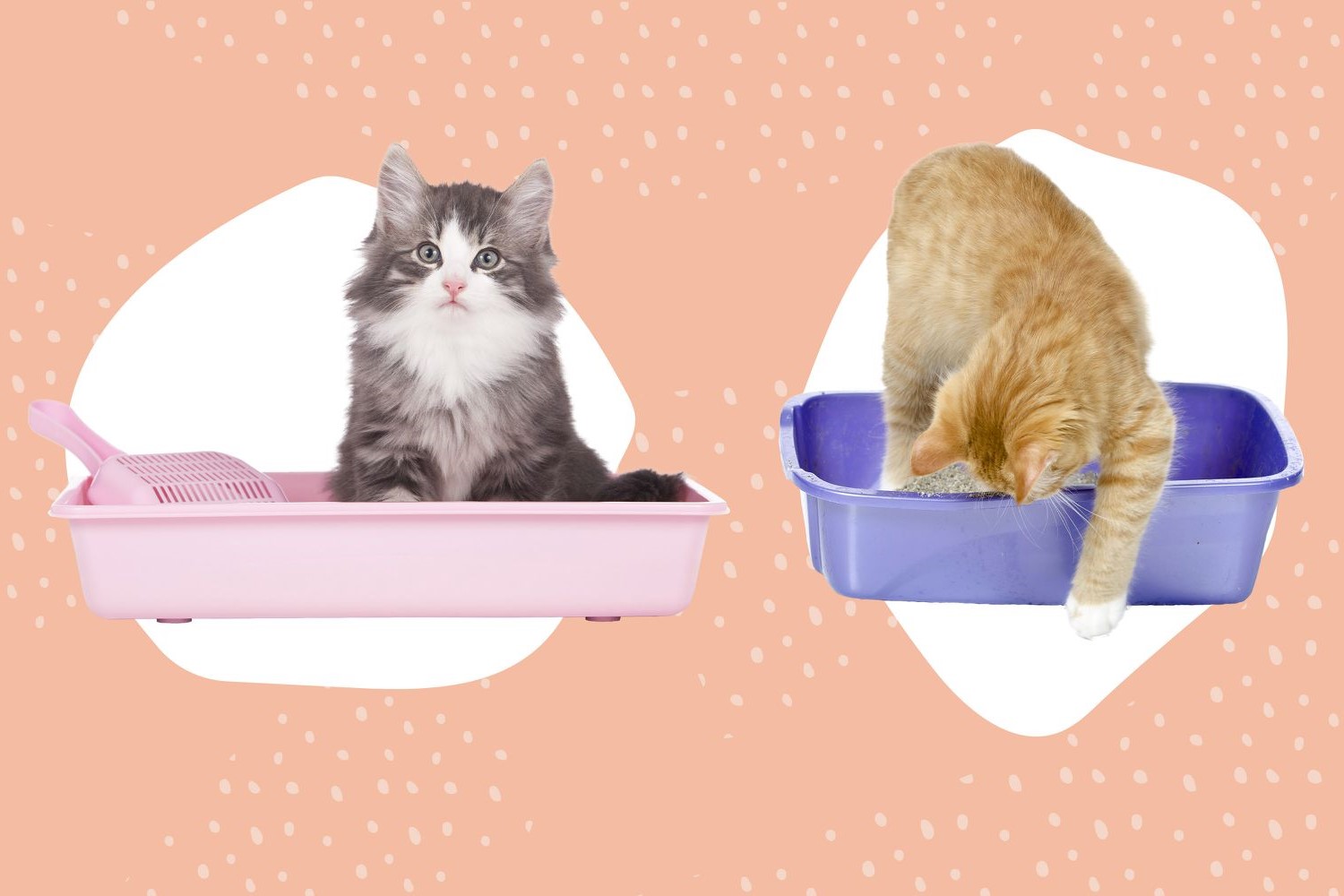
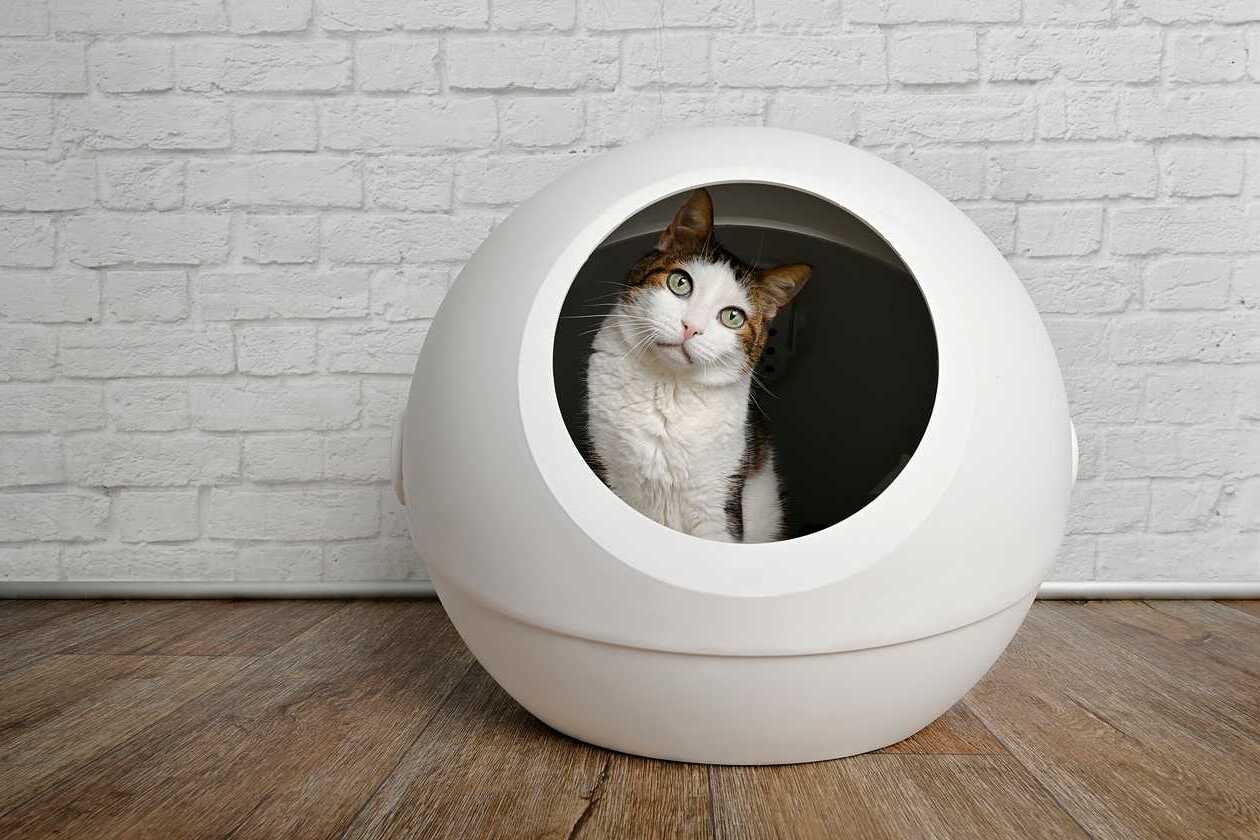
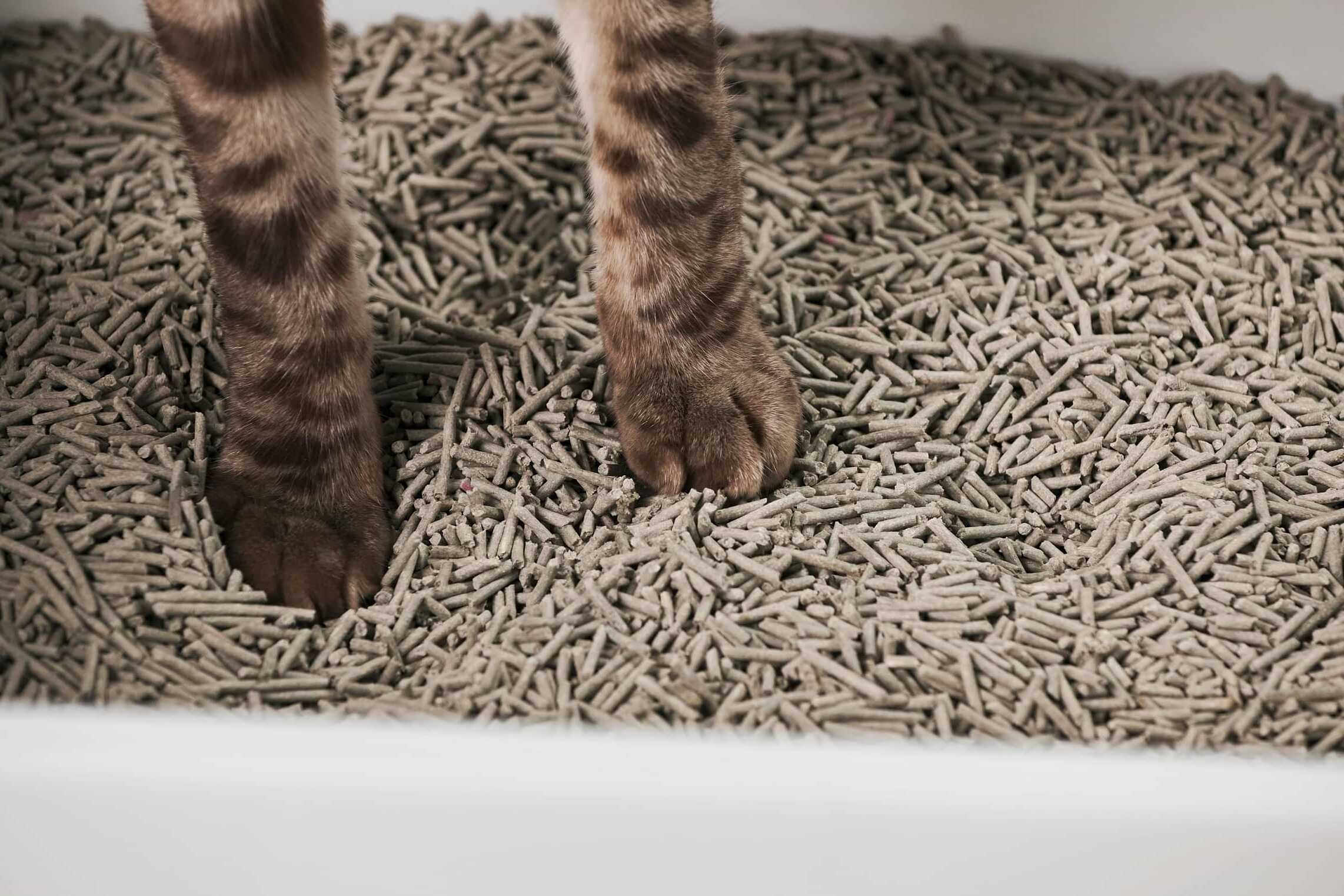
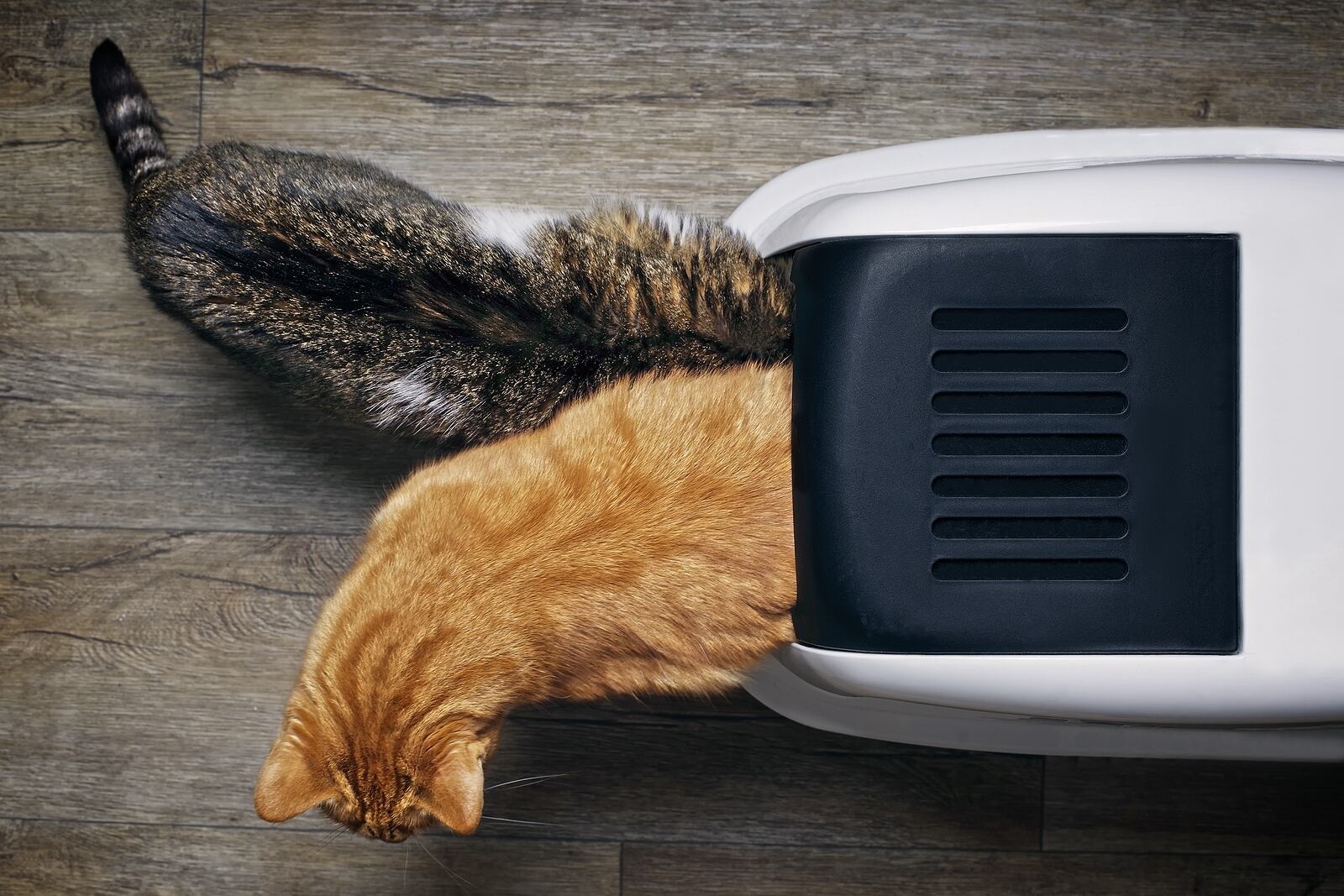
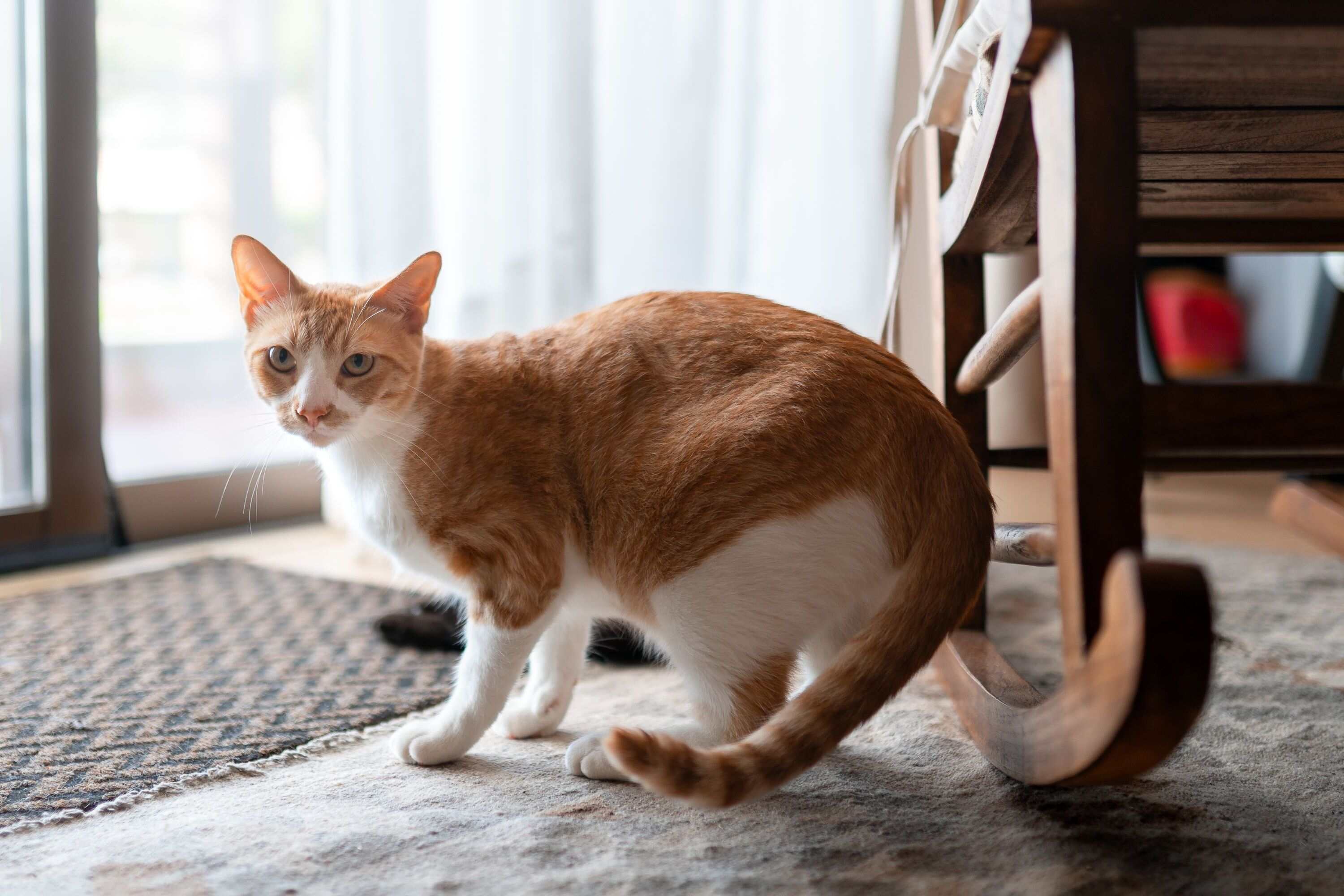
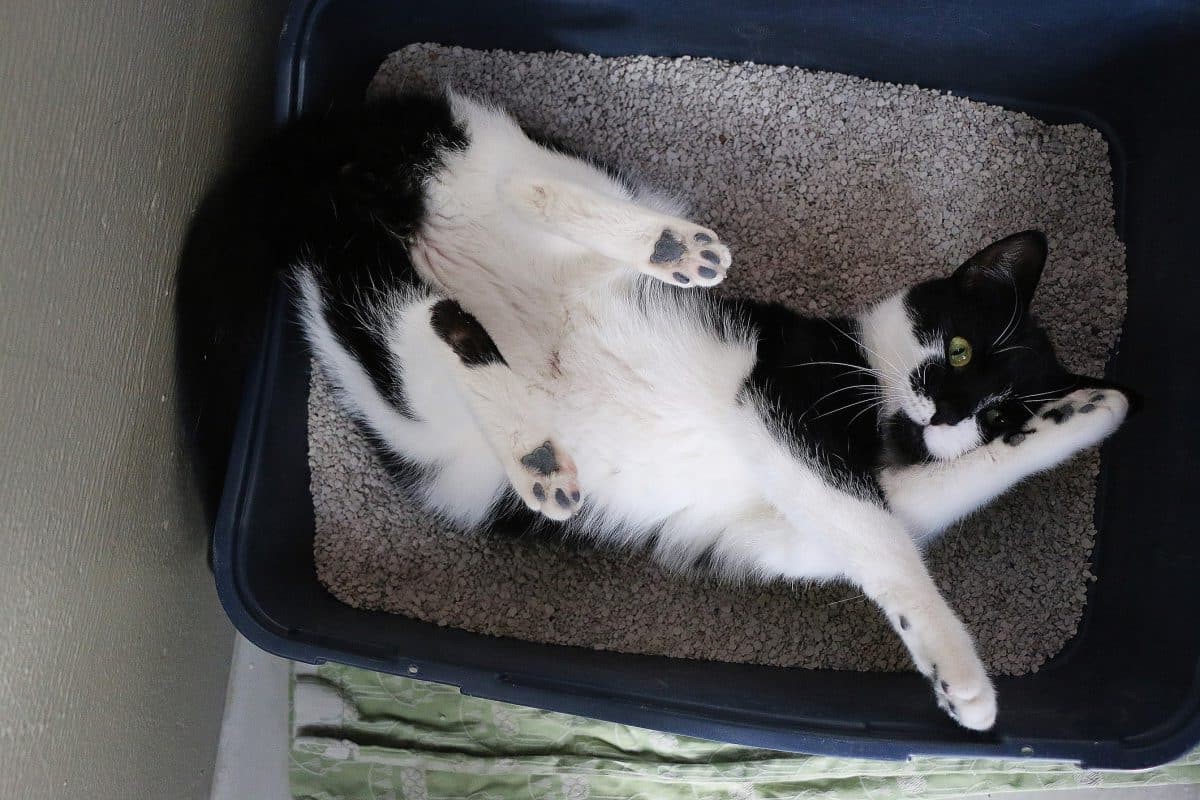
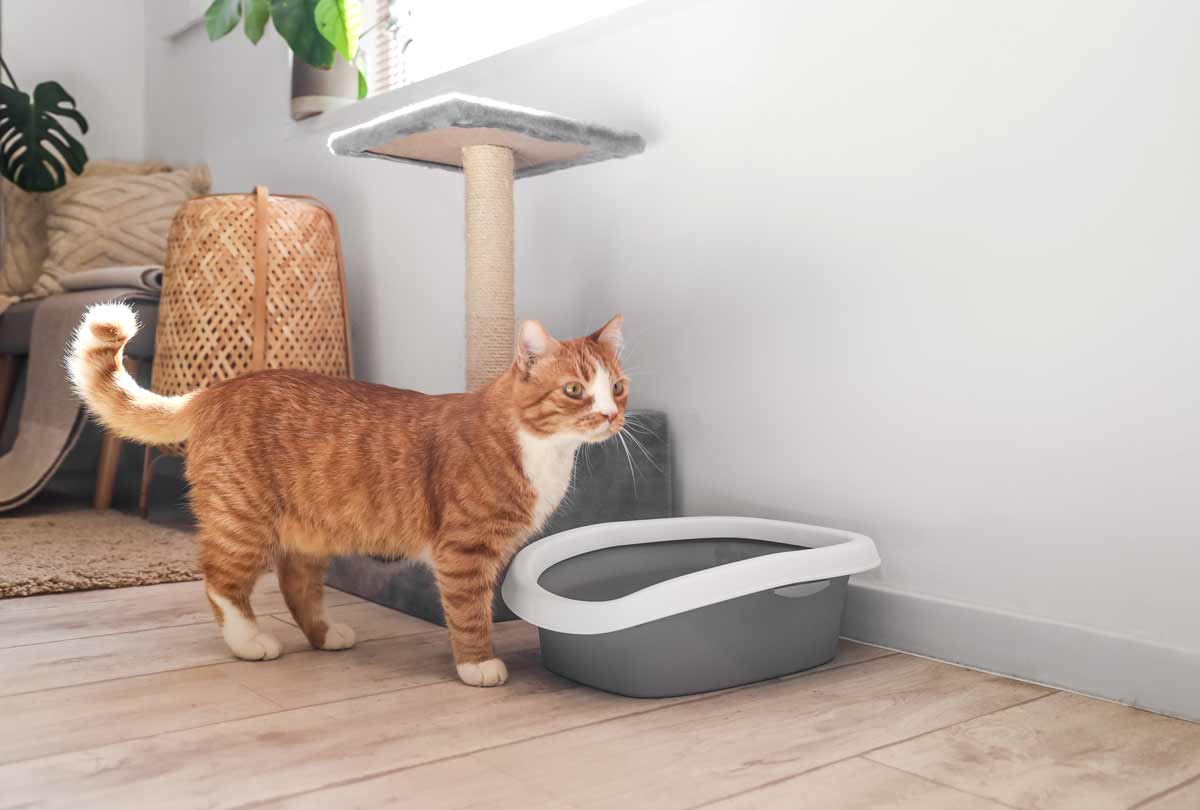
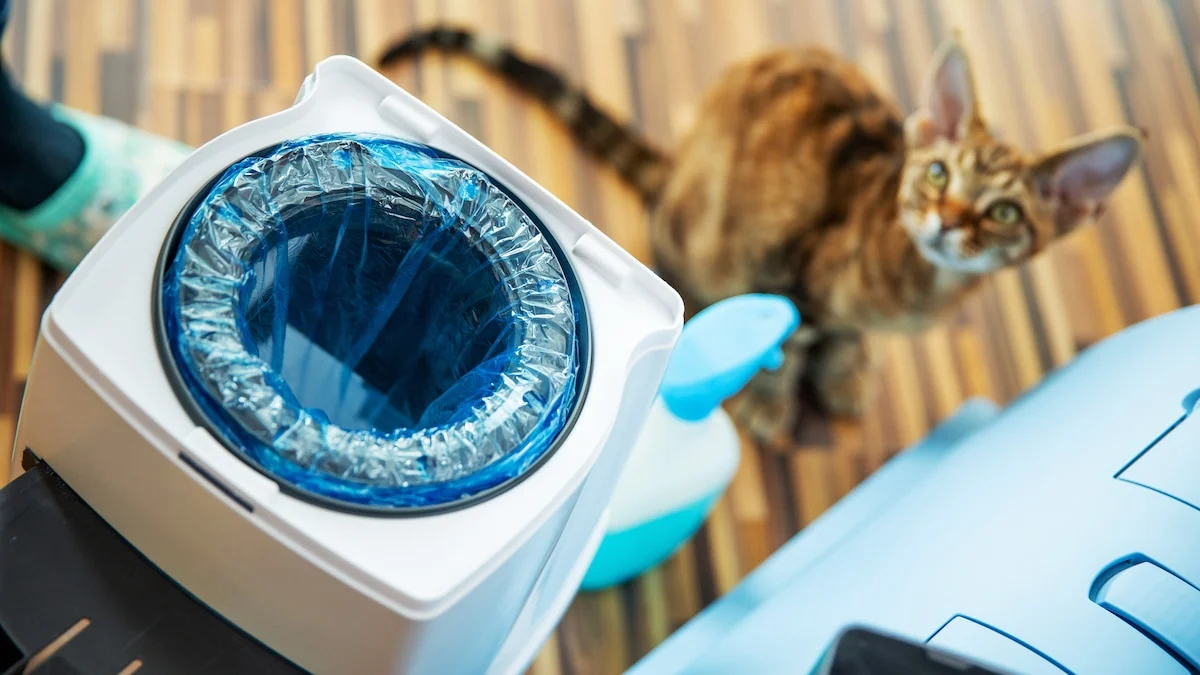
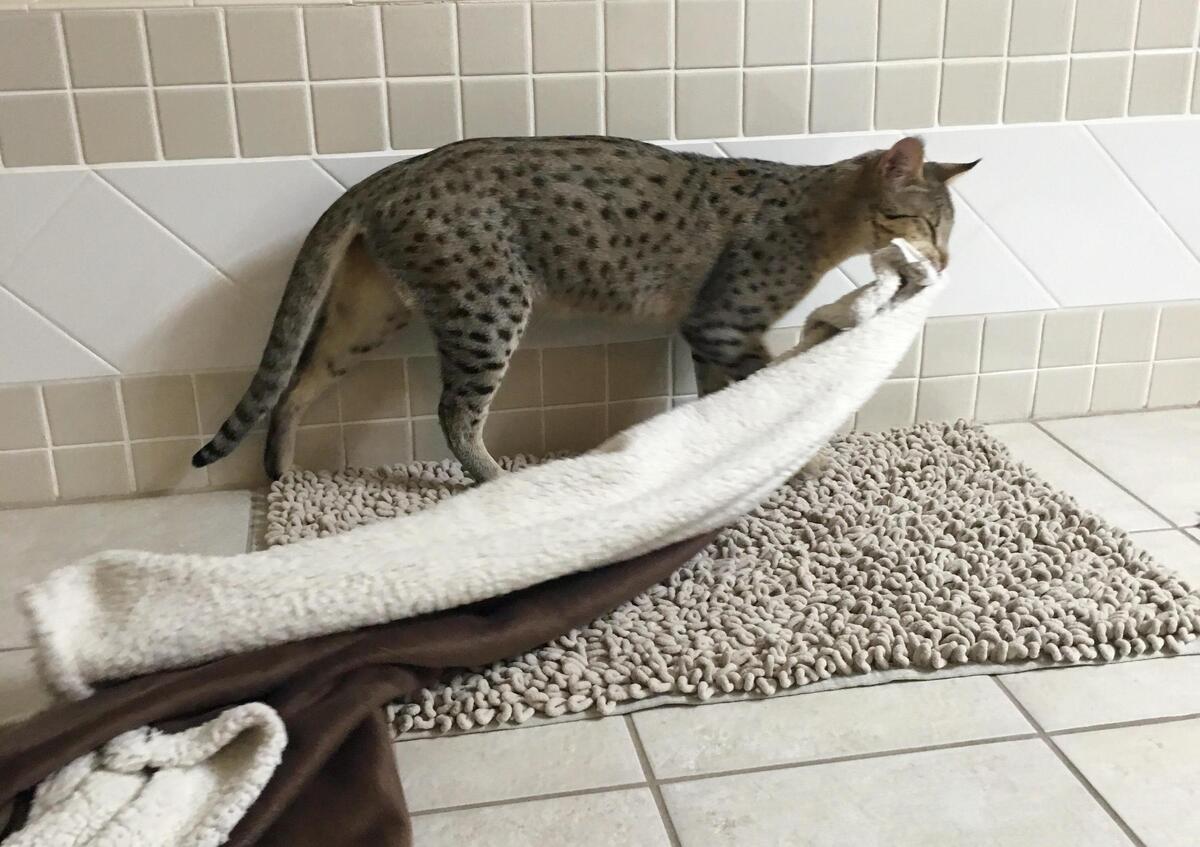
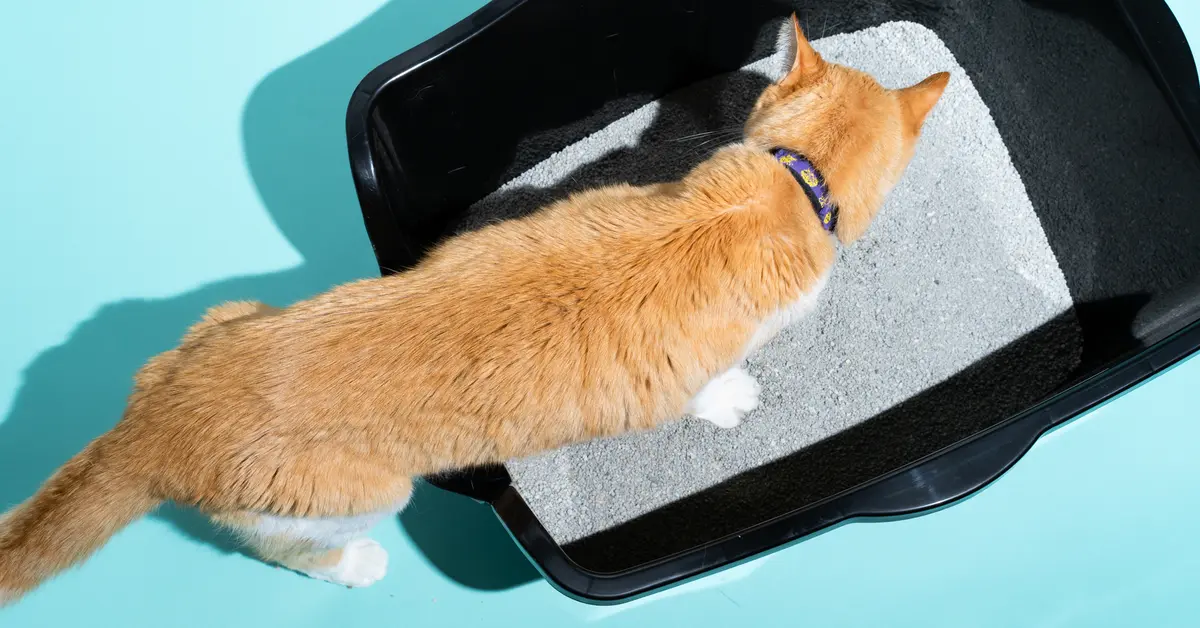
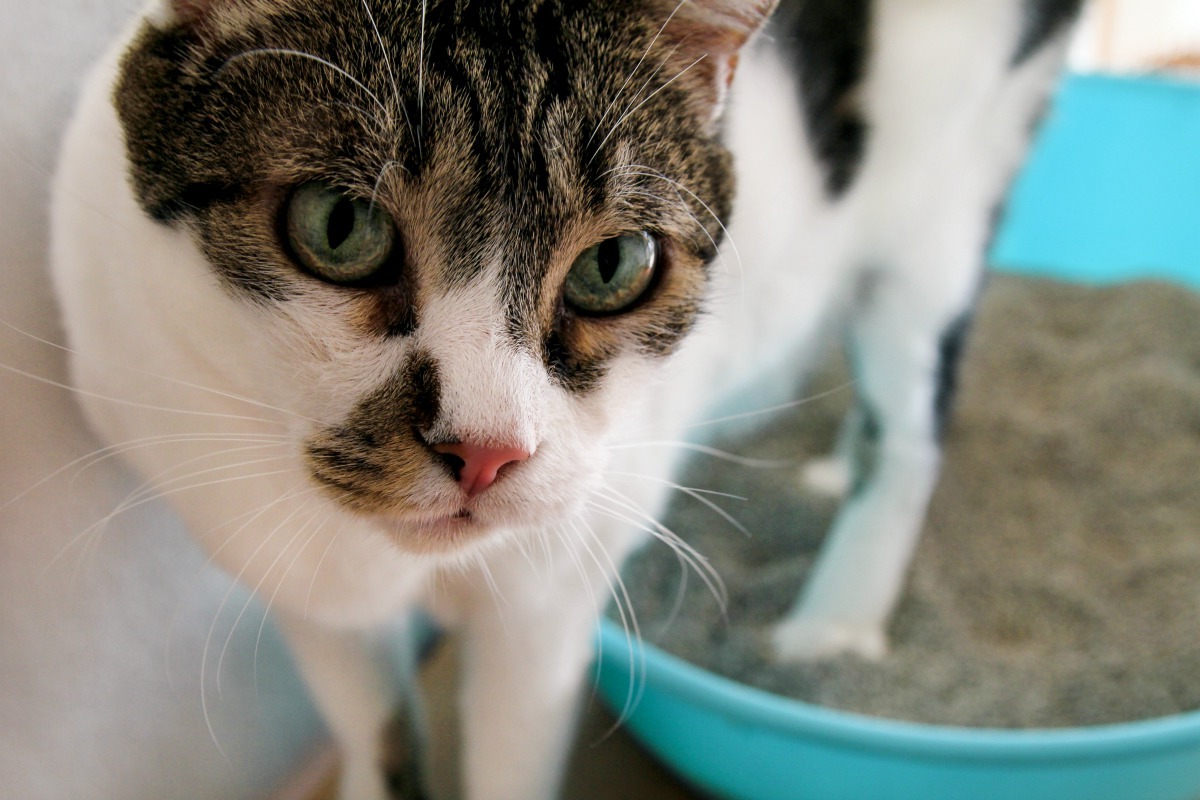
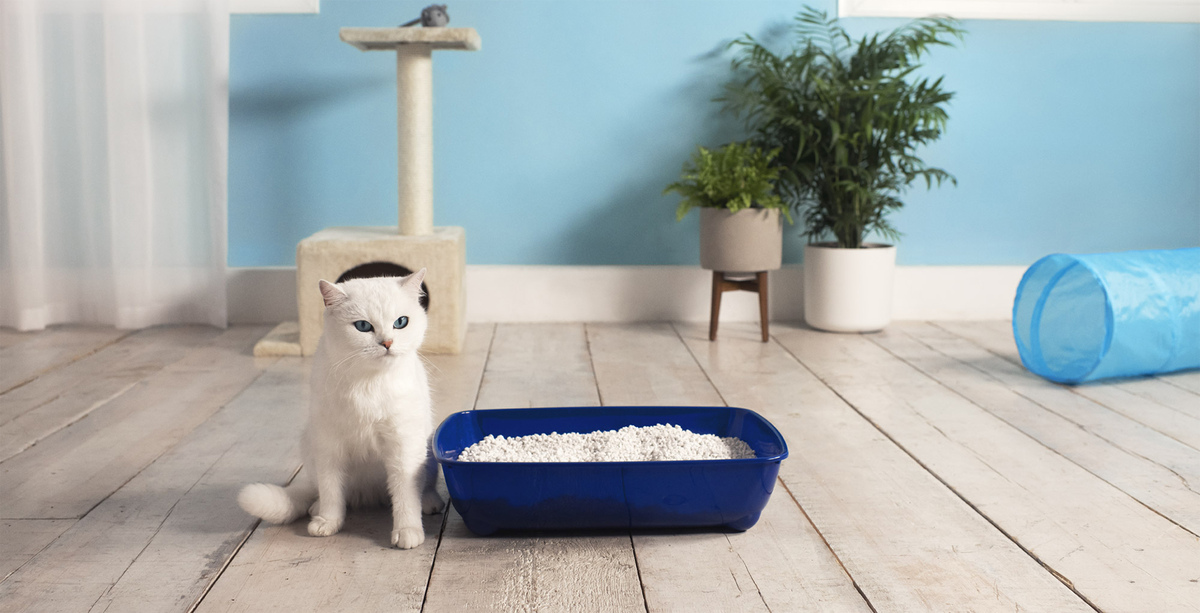
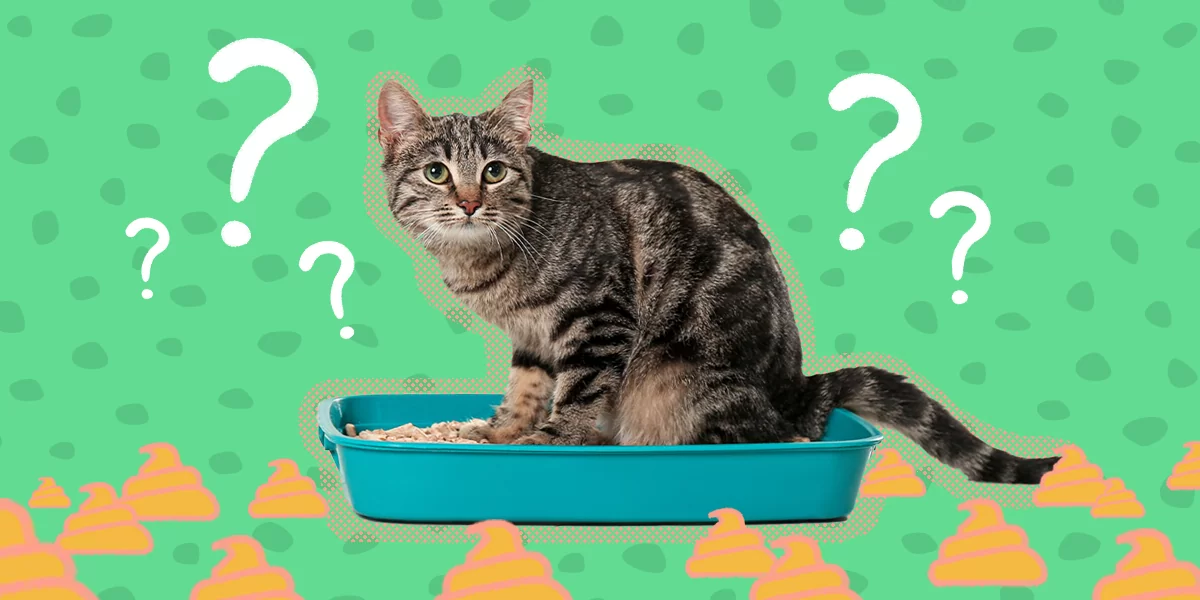
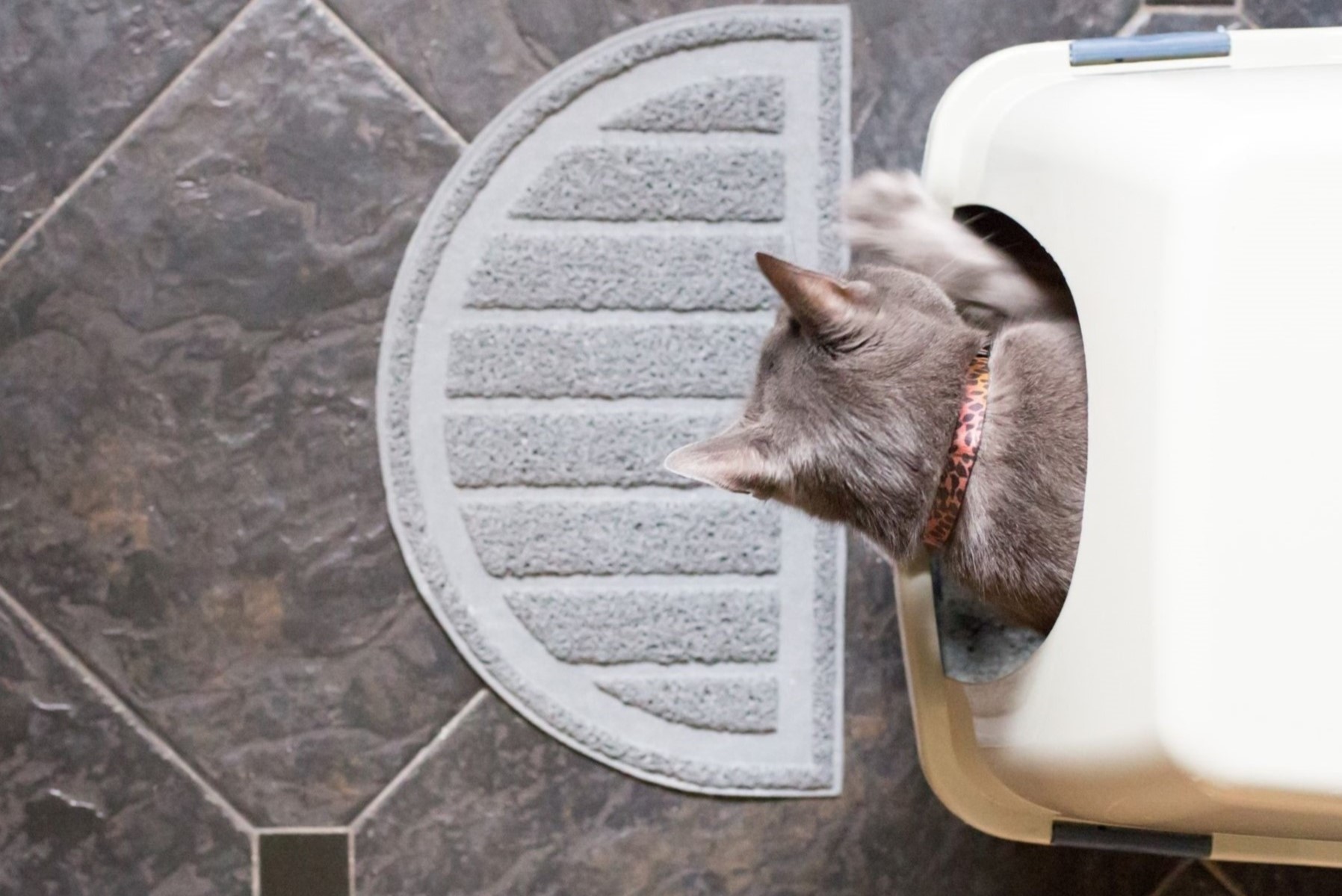

0 thoughts on “Why Does My Cat Sit In The Litter Box”